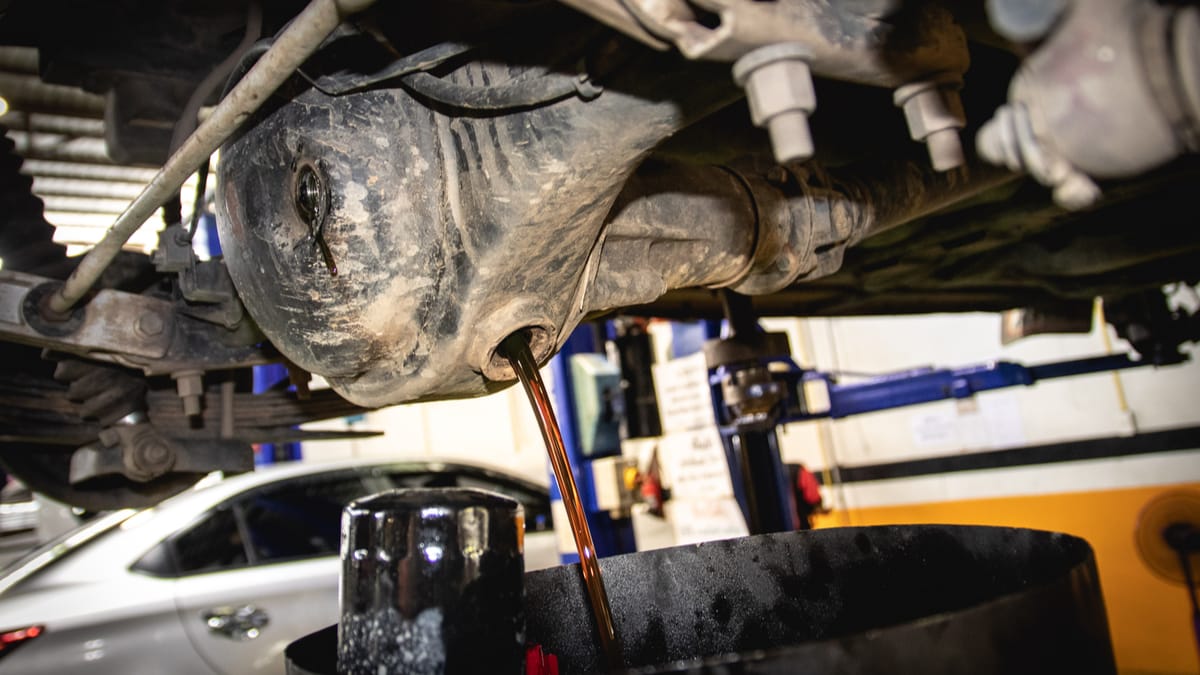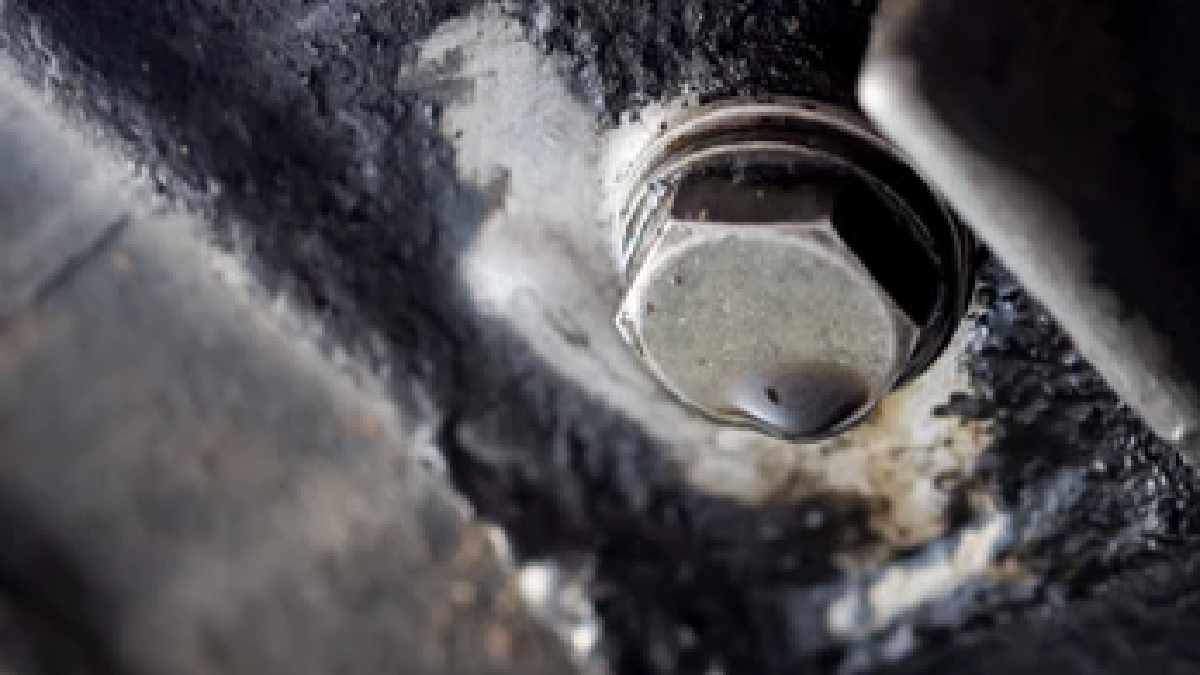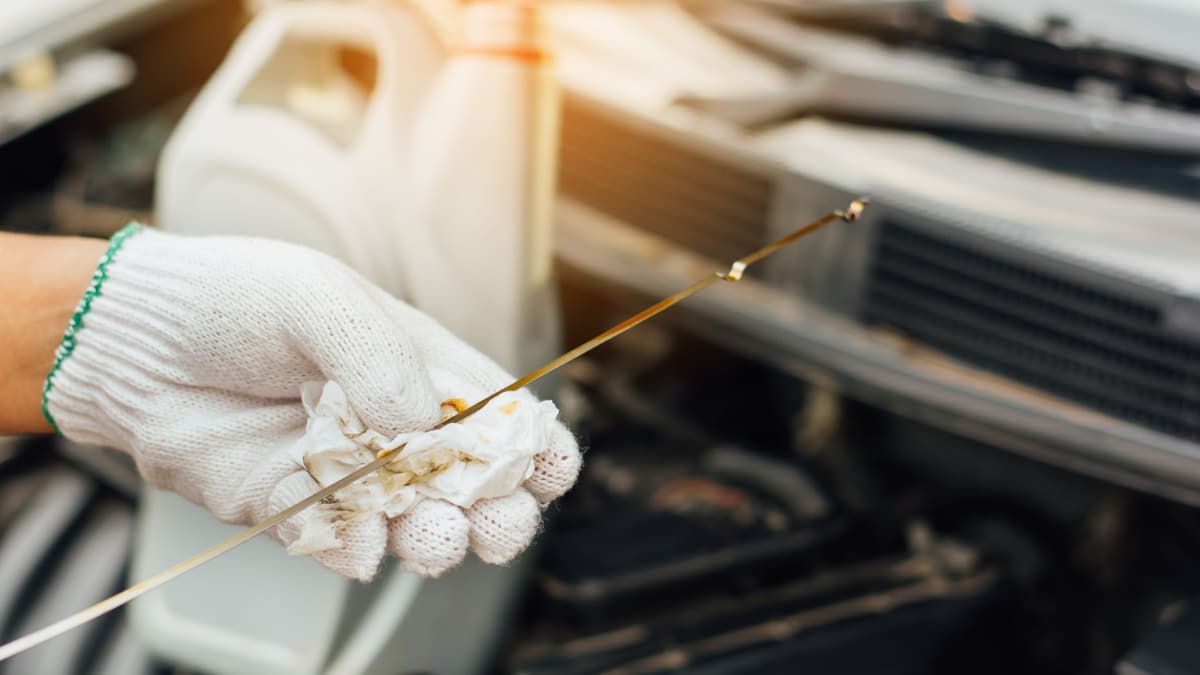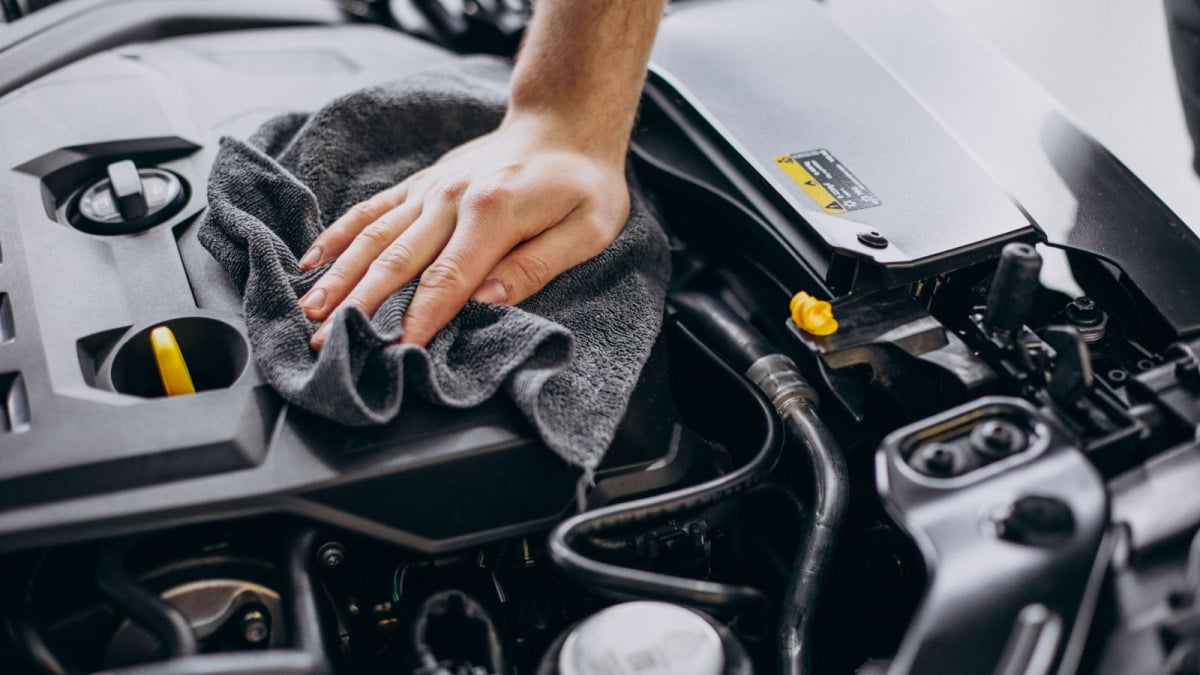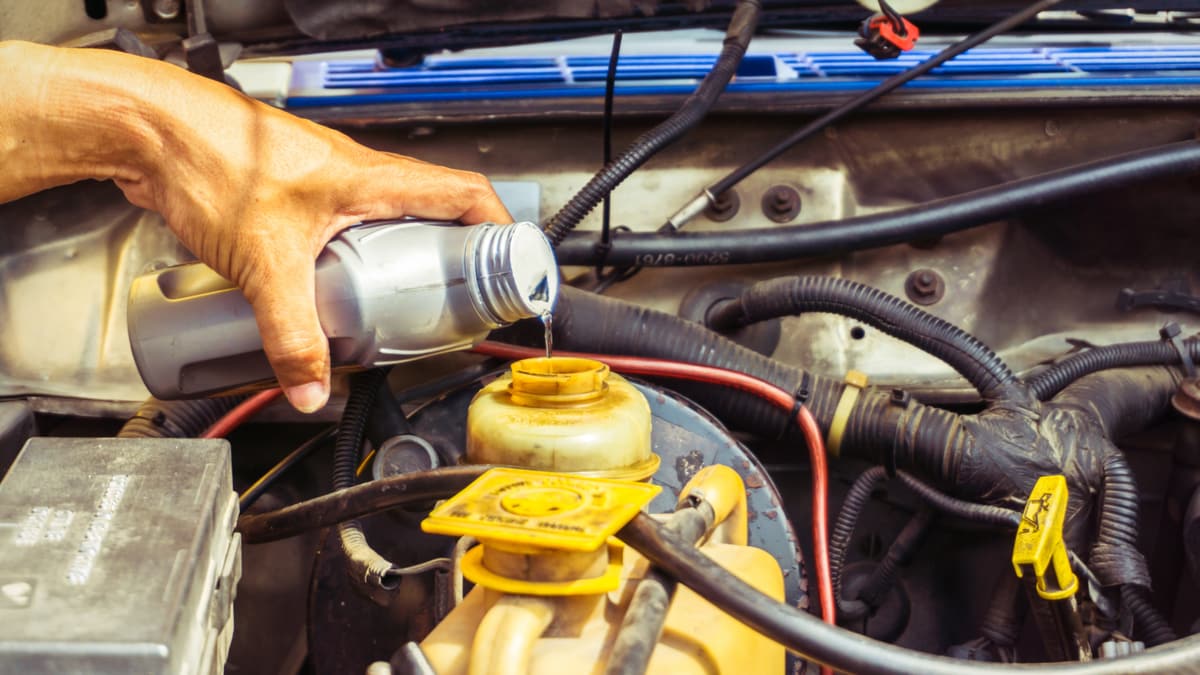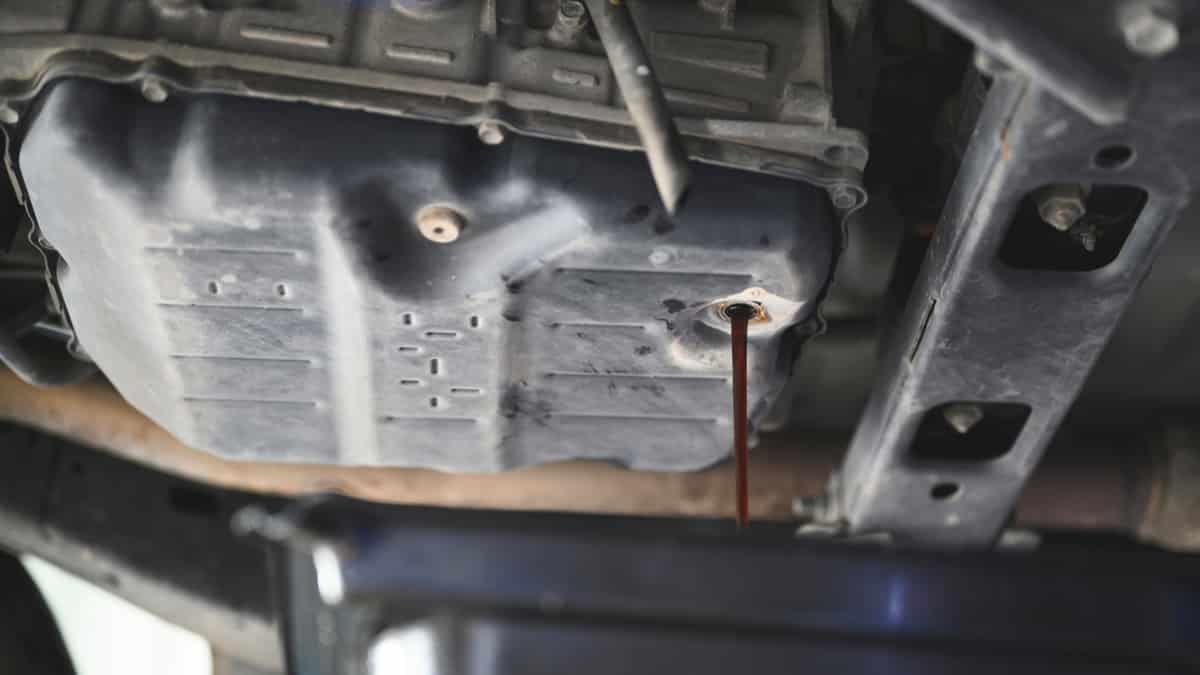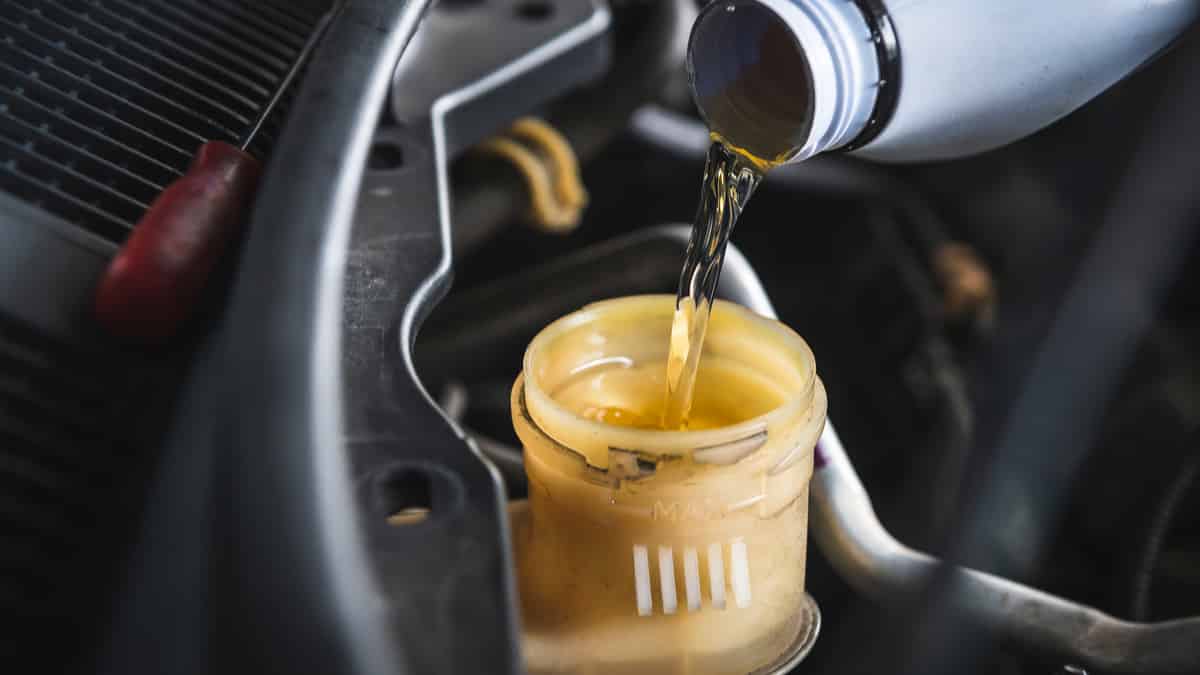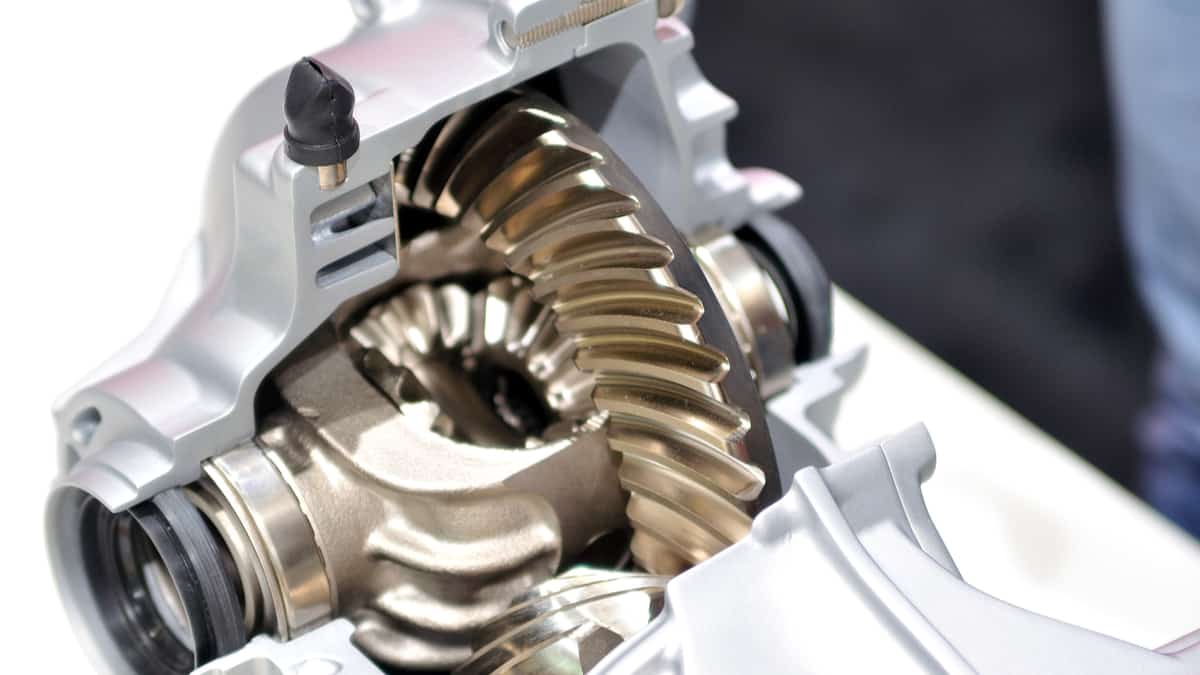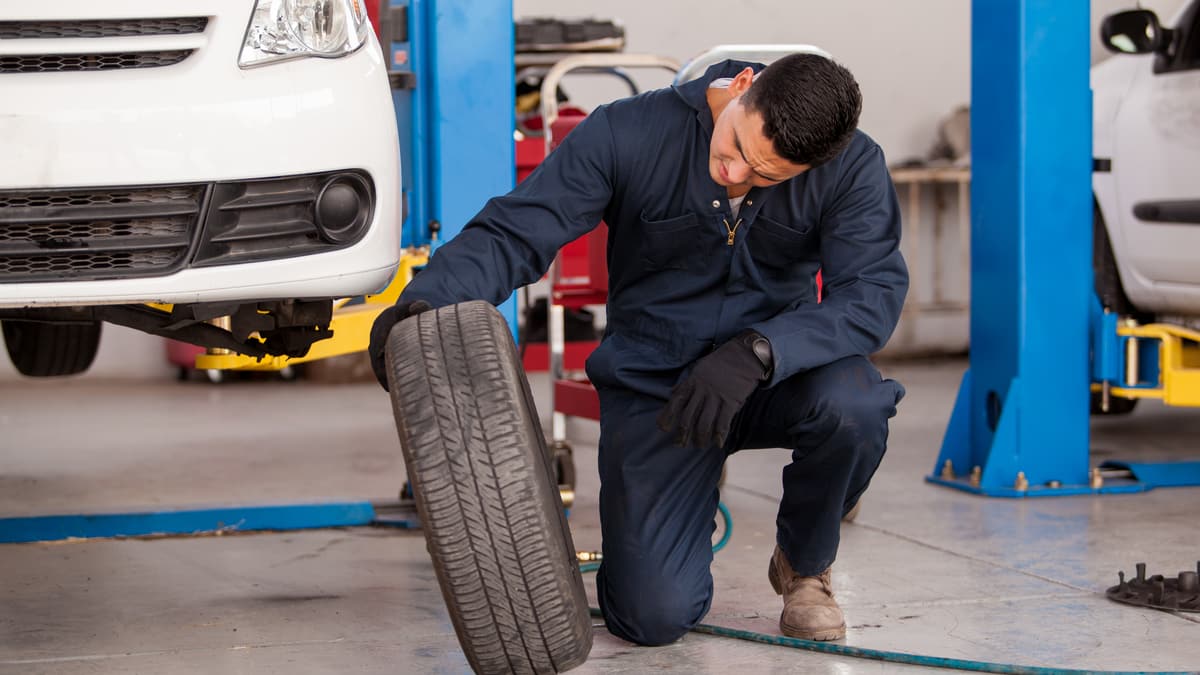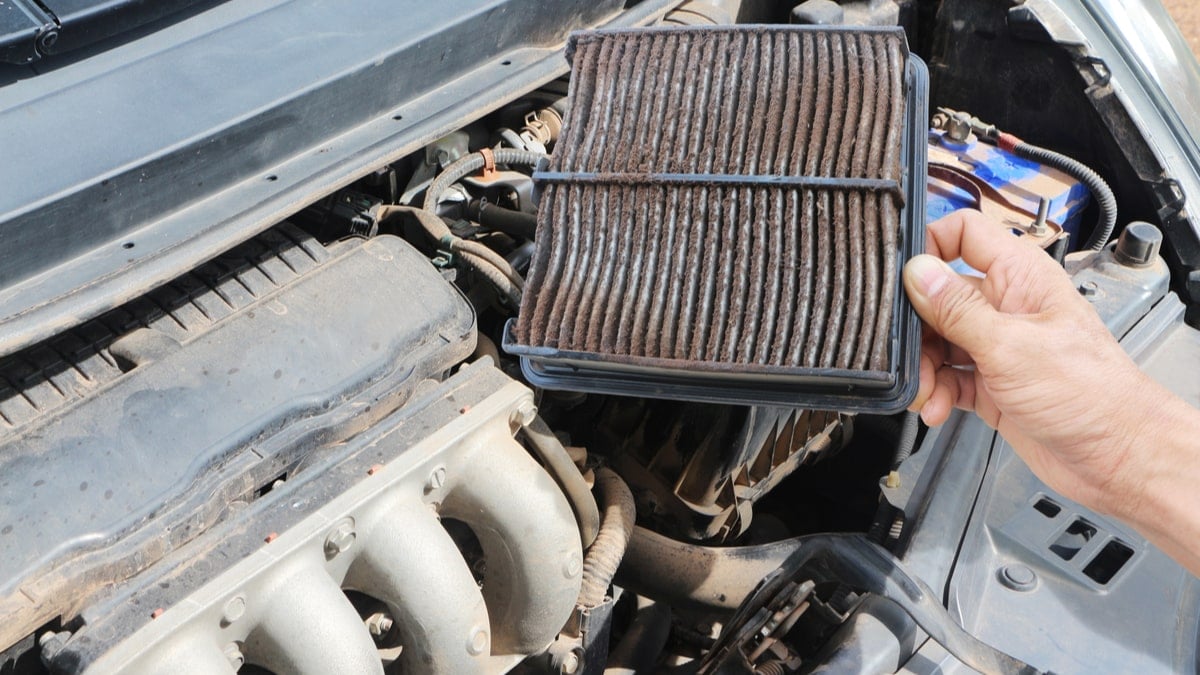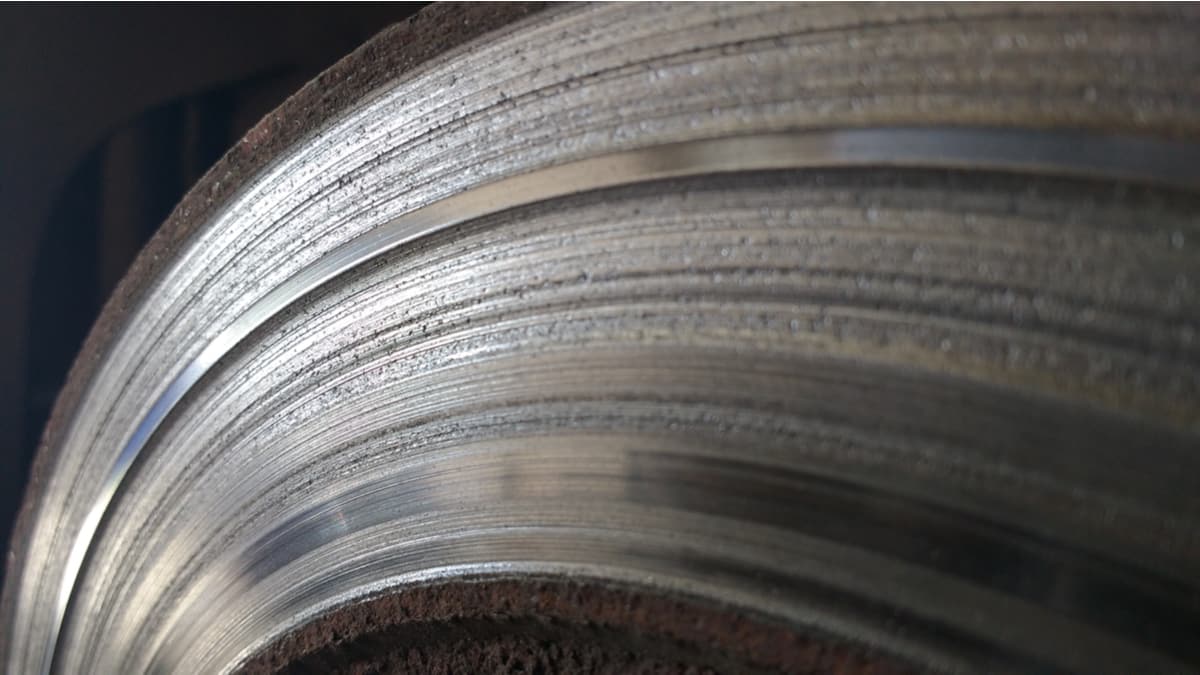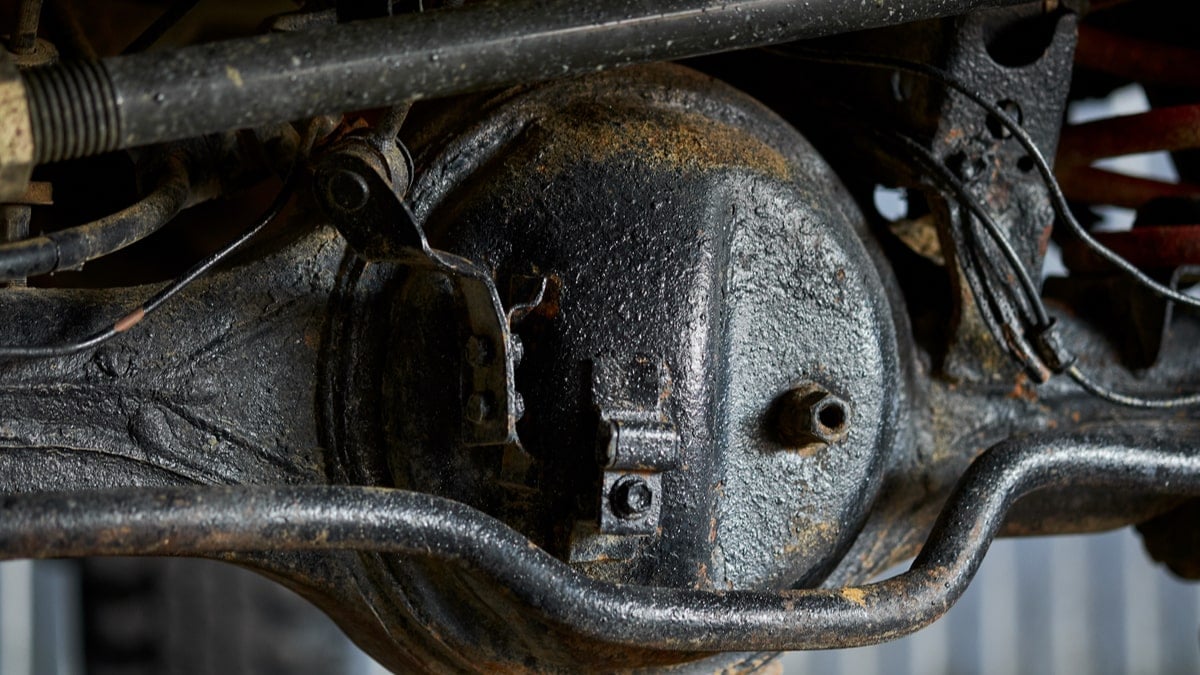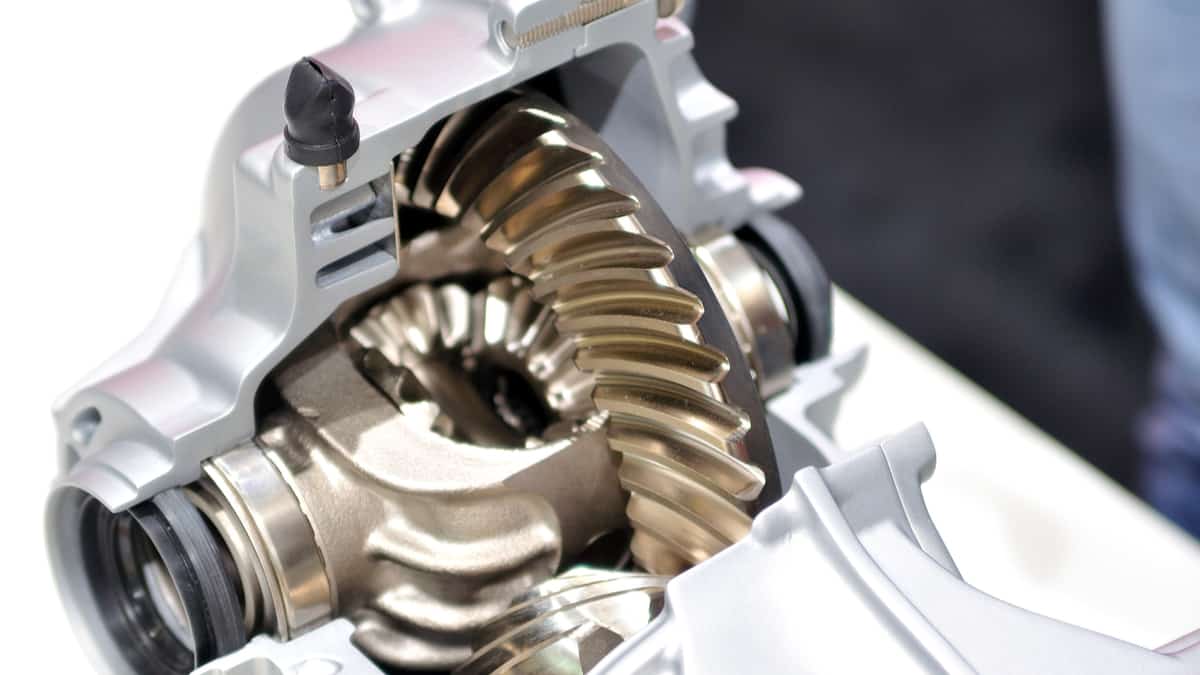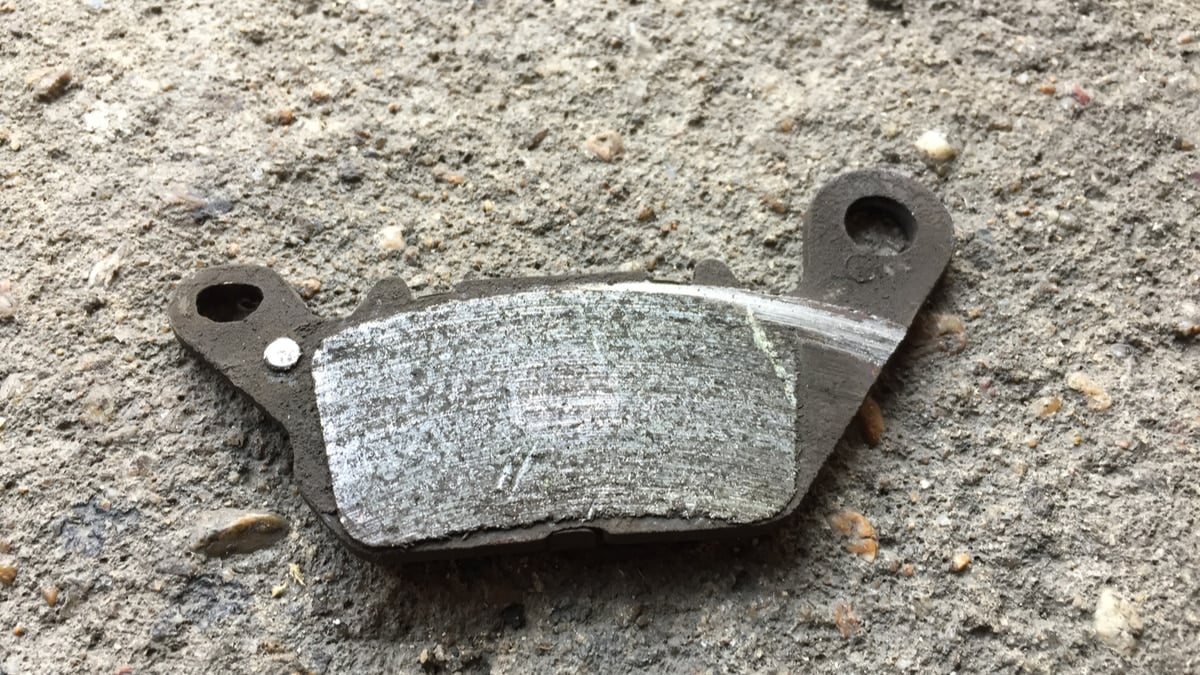When it comes to vehicle maintenance, you have a lot to keep track of, which is why many drivers often overlook the importance of changing the differential fluid. If you don’t know how often to change the differential fluid, you could easily cause damage to your vehicle.
In this article, I discuss the appropriate maintenance schedule. I also look at the cost of a differential fluid change and show you what affects this price. If you are a do-it-yourselfer, I also give you the steps to get your differential fluid changed at home.
How Often to Change Differential Fluid
The front differential fluid is usually replaced every 25,000 to 30,000 miles. With the rear differential fluid, you might only need to change it every 30,000 to 60,000 miles. The appropriate schedule for your vehicle can be found in the owner’s manual.
The front differential usually shares a housing with the transaxle on a front- or all-wheel-drive vehicle, so it needs to be changed more often than the rear. You will be changing both the differential fluid and transaxle fluid at the same time since they use the same fluid.
With either the front or the rear, the changing interval becomes more frequent if you are driving the vehicle harder or in extreme conditions. If you are in doubt, talk to your local mechanic about what’s best for your vehicle.
What Is Differential Fluid?
In a front-wheel-drive vehicle, the differential is part of the transmission. However, rear- and four-wheel-drive vehicles have a transmission that’s connected to the drive axles with the driveshaft. The engine torque is then distributed across the axle with the help of the differential, which is a set of gears. This differential is filled with high-viscosity oil, ensuring that the gear remains lubricated.
If the fluid isn’t changed when it should be, the fluid starts to break down. As viscosity is lost, the internal gears of the axle become damaged. That’s why you want to change the fluid at regular intervals.
RELATED: 5 Symptoms of a Bad Differential (Repair & Replacement Cost)
Cost to Change Differential Fluid
It doesn’t cost a lot to change the differential fluid. On average, you might spend between $75 and $175 to have the differential fluid changed, with about $25 to $75 of this for the fluid itself. The rest of the charge would be for the labor, unless you can do the job yourself.
These estimates relate to changing the fluid in one differential only. If you are driving a four- or all-wheel-drive vehicle, the cost might be double what I’ve estimated here.
Factors Affecting Differential Fluid Change Cost
1. Number of Differentials
Some vehicles contain a single differential in the back of the vehicle. If you only need to change the fluid in one differential, your cost is going to be much lower than a comparable car with two differentials – one in the front, and another in the rear. In some car models, you will also find a type of middle differential that needs fluid changes.
Additionally, changing the fluid in the front can be more labor-intensive than in the rear. These parts can be more difficult to access because of how many more components are in the area. If you have to get around the car’s steering rack, you will pay more for labor.
READ MORE: Open vs. Limited Slip Differentials (What’s the Difference?)
2. Location/Labor Rate
Depending on where you live, the labor rate is going to be quite different. Some parts of the country have lower labor rates than others. Additionally, the labor rate in the country is usually much lower than those in the city.
On top of that, taking your vehicle to the local lube station is going to cost you less than if you visit the dealership. However, you get what you pay for, with less experienced technicians working on your vehicle when you don’t visit a shop with certified techs.
The cheapest labor is that which you do on your own. If you have the equipment and expertise to change the differential fluid, you could save some cash.
READ MORE: Mechanic Labor Rates Per Hour
3. Amount of Gear Oil Needed
Differential oil varies in price just like motor oil does. If you choose synthetic oil, it is going to cost you more. Additionally, there are varying properties and consistency you pay for. You may need a different type of oil for each differential, so pay close attention. An example of this is the F-150 truck. The rear might take one gallon of 75Wx140, while the front only needs a ½ gallon of 80Wx90.
In addition, you need to consider how much differential oil is needed. Each axle holds a differing amount of gear oil. Most systems are going to require a gallon or less during a change. You can get this information from your service manual.
RELATED: Rear Differential Noises: Diagnosis, Prevention (& Repair Costs)
How is a Differential Fluid Change Performed?
The differential fluid change is simple to perform on most vehicles. That’s why it’s a common task done at home by the novice mechanic. Here are the traditional steps, although they can differ depending on your vehicle.
- Check the fluids. Before you get started, it’s best to check the fluid. You want to see if it’s contaminated or needs to be topped off. If the fluid still looks new, there’s no reason to change it prematurely.
- Check the system for leaks. Before you move on, you want to make sure that there are no leaks in the housing. If there are, you want to fix this before changing the fluid. Otherwise, the new fluid will leak out. You may need to install a new gasket, which isn’t a big deal and is often necessary after many years of use.
- Drain the system. Remove the drain plug and let the oil run into a catch pan. Wait until all of the fluid has been removed before moving on. You should also inspect the fluid to make sure there’s no sign of metal contamination. Dispose of the old oil at your local mechanic, recycler or auto parts store.
- Refill the system. Once the system is completely drained, you are ready to refill it. Pour the appropriate amount of new oil into the system and double-check the level.
As with any car maintenance task, it’s best to take the vehicle for a test ride after you drain and replace the fluid. This simple step allows you to check that everything is running the way it should. If there’s a burning smell, any weird noises, or strange vibrations, there could be larger problems that you need to deal with. Have a professional check the differential if you are unsure how to proceed.
The Danger of Not Changing Differential Fluid
Many people put off changing the differential fluid because it doesn’t seem important at the time. However, this is a vital part of of caring for your vehicle. If you don’t change the fluid at regular intervals, the gears in the axle can become damaged. The seals are also prone to wear because of the old fluid.
Additionally, metal can be found in the fluid, which is dangerous. If any metal gets into the gears, they are sure to become damaged. The cost to replace the gears is much more expensive than changing the fluid regularly.
Categories: Transmission
